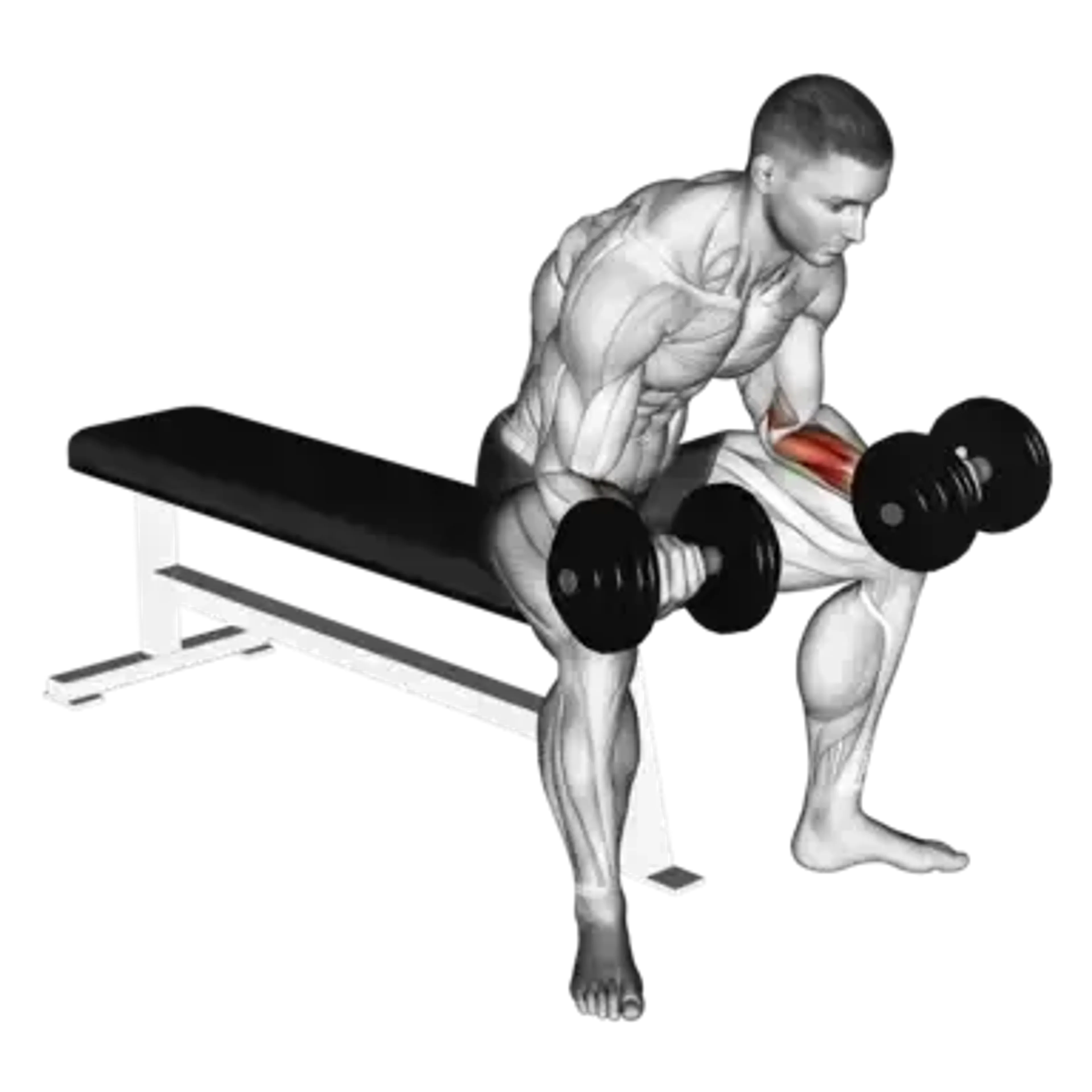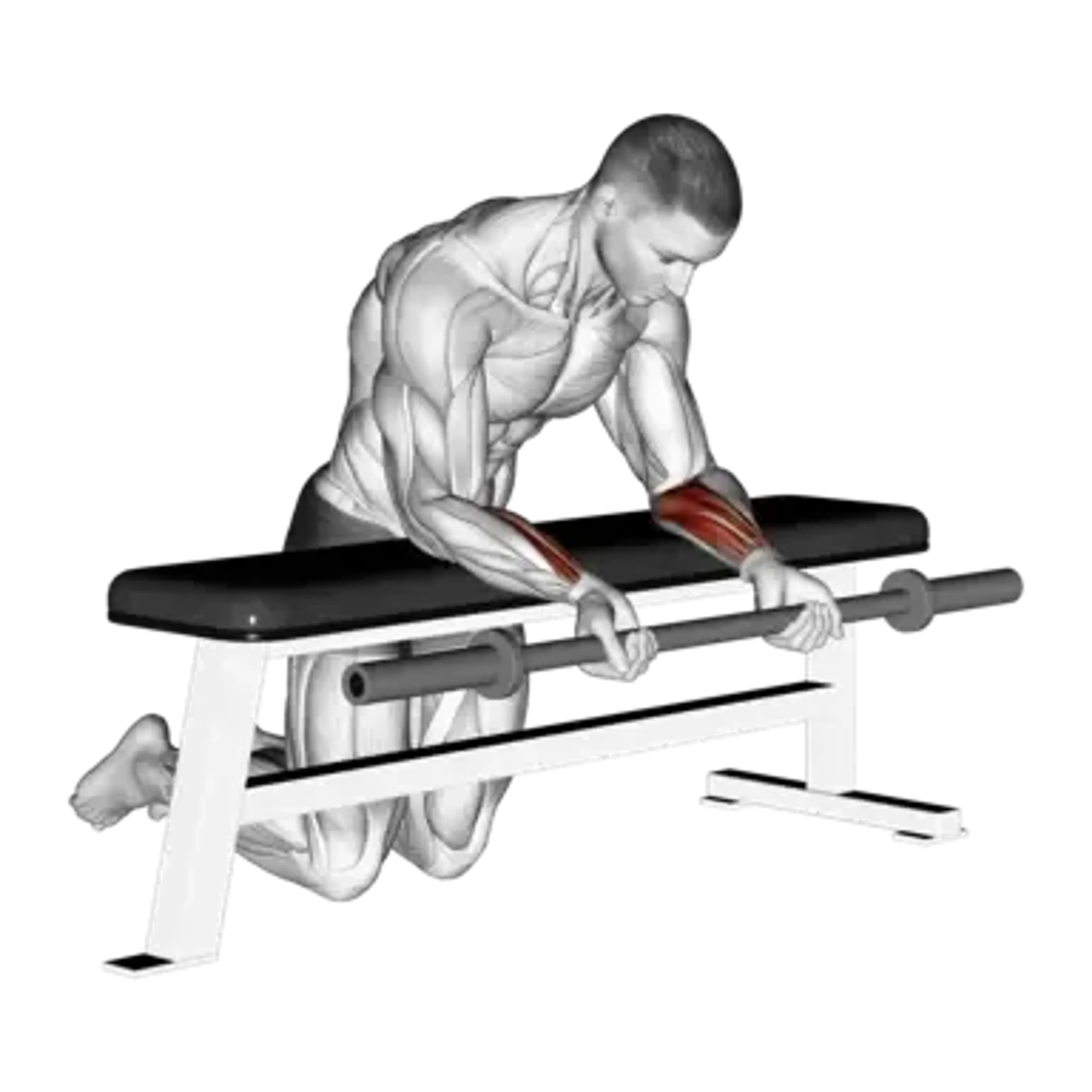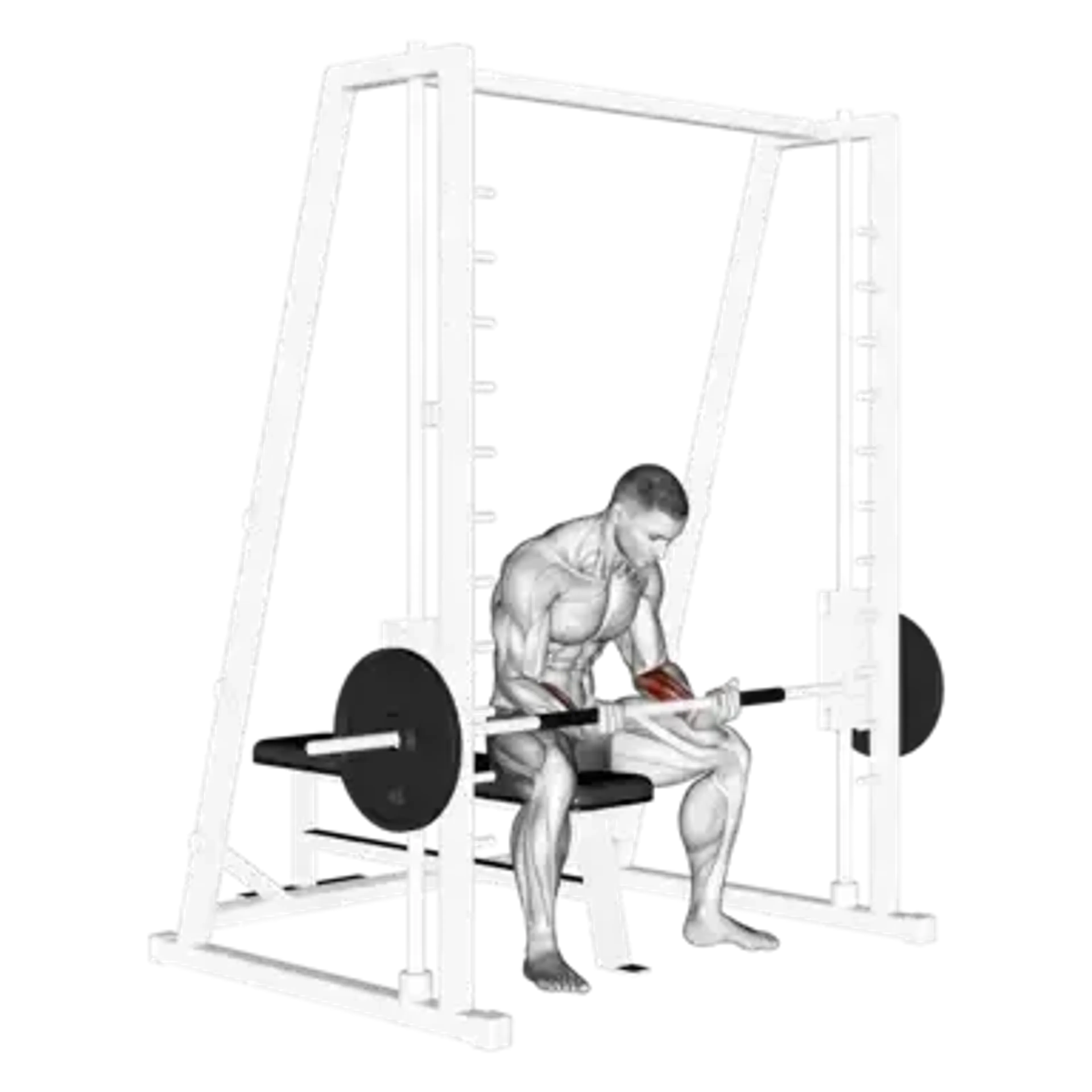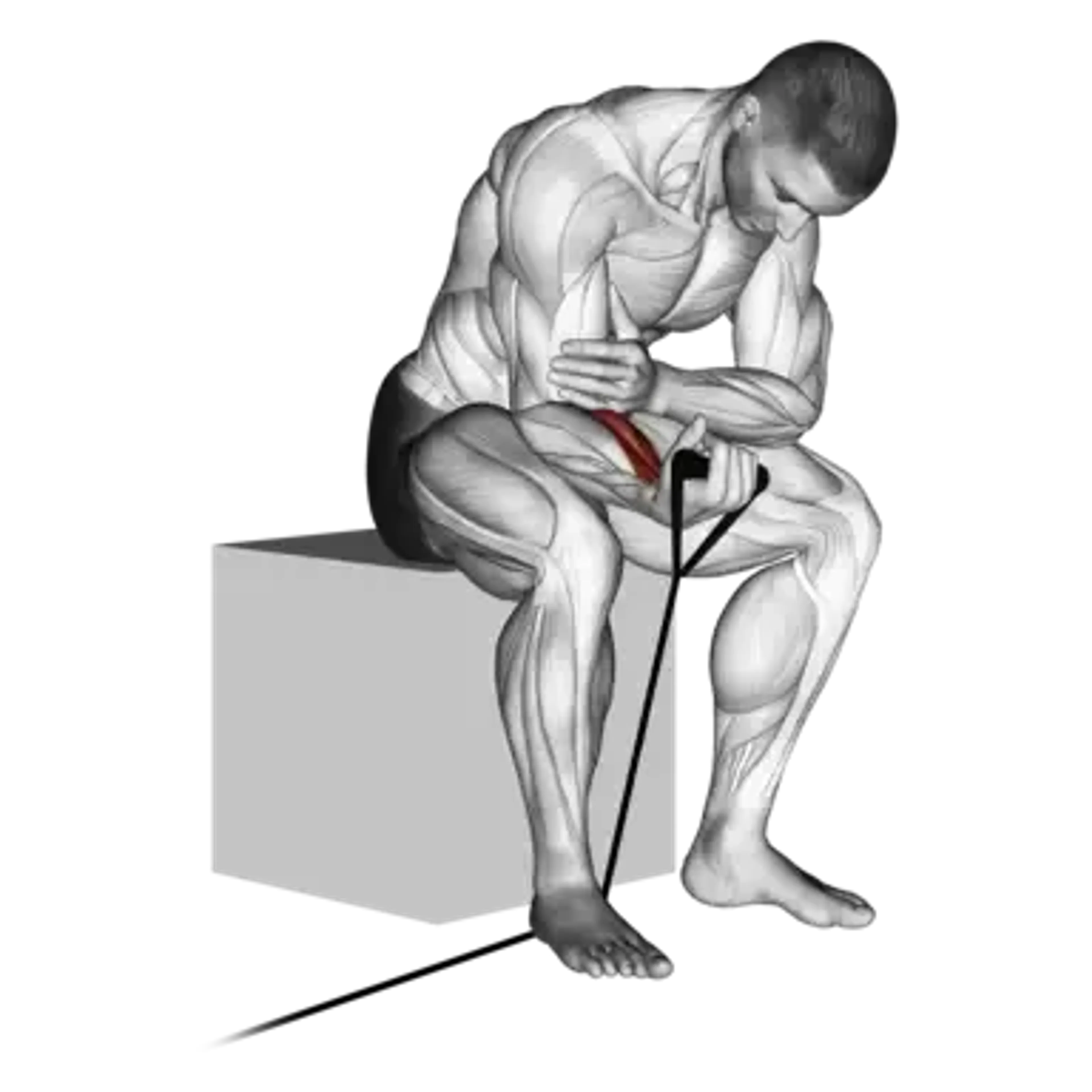Dumbbell Standing Wrist Curl
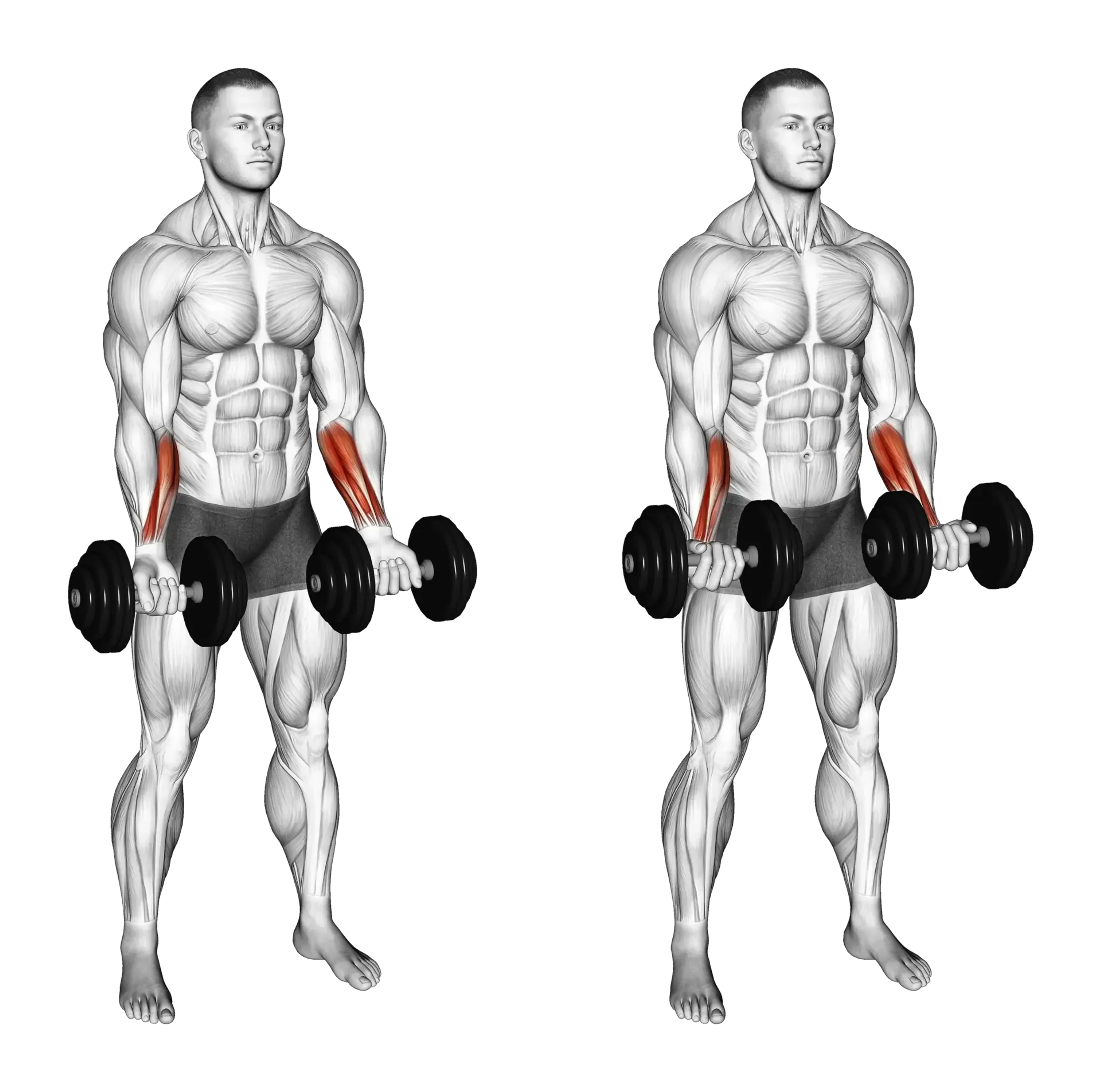
Overview
- Primary Focus:
- Forearms.
- Equipment:
- Dumbbell.
- Difficulty:
- Beginner.
General Information
Dumbbell Standing Wrist Curl is an isolation exercise that primarily works the forearm flexors. It is a beginner-friendly exercise that helps strengthen the muscles responsible for wrist flexion and grip strength.
Unlike seated variations, the standing position offers a unique advantage: it allows for greater control over wrist movement and reduces reliance on external support. This variation also promotes better posture and engages stabilizing muscles, making it a versatile addition to any forearm training routine.
This exercise is often included in workout plans aimed at improving grip strength for activities like lifting heavy weights, climbing, or even everyday tasks like carrying groceries. Incorporating wrist curls can also help reduce the risk of injury in sports that require repetitive wrist movements, such as tennis or golf.
Muscles Worked
- Flexor Carpi Radialis
- Primary
- Flexor Carpi Ulnaris
- High
- Brachioradialis
- Medium
- Extensor Carpi Radialis
- Low
Instructions
- Stand upright with your feet shoulder-width apart, holding a dumbbell in each hand with an underhand grip (palms facing upward).
- Let your arms hang naturally at your sides, keeping your elbows slightly bent and close to your body.
- Slowly curl your wrists upward, bringing the dumbbells as high as possible while keeping your forearms stationary.
- Squeeze your forearms at the top of the movement, then slowly lower the dumbbells back to the starting position, allowing your wrists to fully extend.
- Repeat for the desired number of reps, maintaining control and avoiding momentum throughout the exercise.
Common Mistakes
Injuries
This exercise has a low to medium risk of injury when performed with proper form.
One common risk is wrist strain, especially if you use too much weight or perform the movement too quickly. To prevent this, start with lighter dumbbells and focus on slow, controlled reps.
Another potential issue is forearm overuse, particularly if this exercise is done too frequently without adequate rest. Ensure you’re allowing time for recovery, especially if you’re incorporating other grip-intensive exercises into your routine.
Lastly, be mindful of elbow discomfort. If you experience pain in the elbows, check that your form is correct and that you’re not unintentionally engaging the upper arms.
Alternative Exercises

Frequently Asked Questions
- Q: Is this exercise suitable for beginners?
Yes, the standing variation is beginner-friendly, offering greater control and requiring no special equipment beyond dumbbells.
- Q: How often should I do this exercise?
Incorporating it 1-2 times per week is usually enough to improve grip strength and forearm development without risking overuse.
Overview
- Primary Focus:
- Forearms.
- Equipment:
- Dumbbell.
- Difficulty:
- Beginner.

